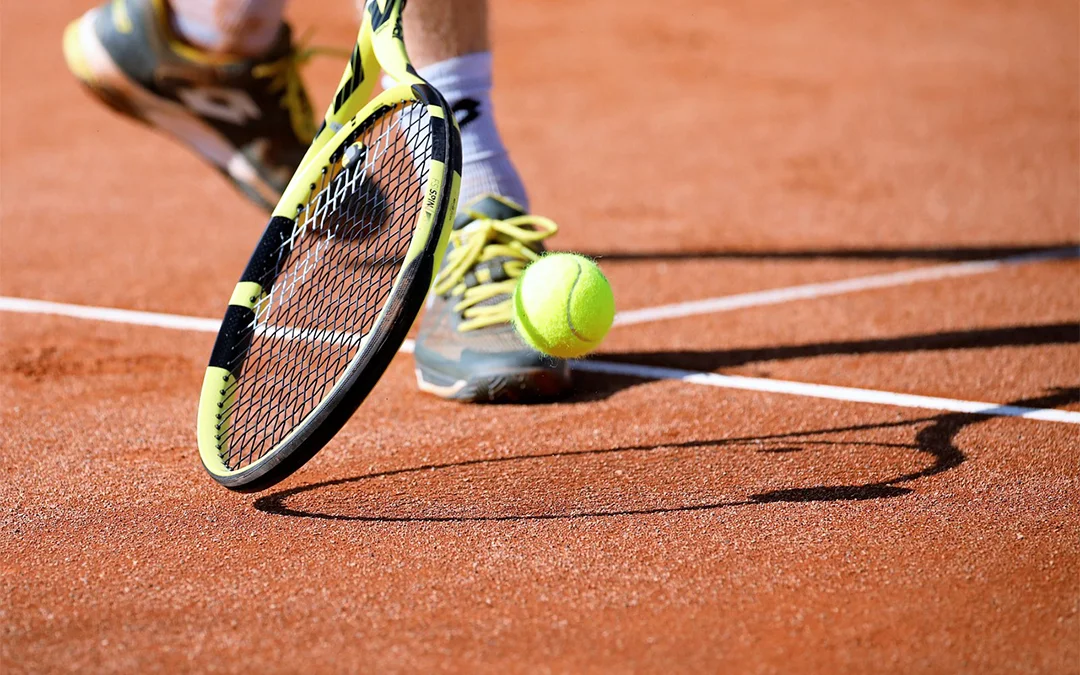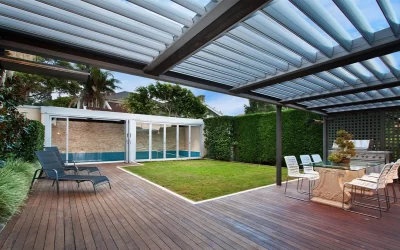Fibre Reinforcement in the Sporting Industry
In an ever-expanding sports and leisure sector, Composites Fibreglass International stands equipped to harness the power of fibre reinforcement, a crucial component that fuels advancements within this dynamic industry. As products continually seek enhanced functionality, the use of composite materials has emerged as a prominent arena for breakthroughs. These materials amalgamate dissimilar physical and chemical attributes, resulting in a synergy that bestows greater robustness and longevity than the sum of their parts.
Fibre Reinforcement: A Cornerstone in Sporting Goods
At the heart of composite materials lies the intricate interplay between fibres and reinforcement. These elements play a paramount role in shaping the effectiveness of sports and leisure items, underpinning their performance and durability. Let’s delve into the pivotal importance of fibre reinforcement within the sports industry and the myriad benefits it imparts.
Fibre Reinforcement in Sports Product Fabrication
The production of sports and leisure commodities hinges upon the pivotal role of fibres as the foundational building blocks of composite materials. These composite materials, in turn, serve as the bedrock for a diverse array of items including tennis rackets, skis, bicycles, and surfboards.
Variety of Fibres: Carbon, Aramid, and Glass
Within the sphere of sports and leisure, three prominent fibres take the spotlight: carbon fibre, aramid fibre, and glass fibre. The illustrious reputation of carbon fibre, attributed to its unparalleled strength-to-weight ratio, renders it a prime candidate for crafting lightweight yet durable products such as tennis rackets and bicycles. Meanwhile, the distinctive properties of aramid fibre find their niche in creating body armour and helmets, fortifying impact resistance. Glass fibre, esteemed for its exceptional flexibility and durability, finds consistent application in the fabrication of surfboards.
Unveiling the Advantages of Fibre Reinforcement
The incorporation of fibres and reinforcement into sports and recreational articles heralds an array of advantages that significantly elevate product performance.
Enhanced Performance Through Fibre Reinforcement
A notable advantage lies in the transformative effect on product performance. Take, for instance, the realm of bicycle manufacturing. Through the strategic use of carbon fibre, frames emerge lighter and yet remarkably sturdier, culminating in rides that are not only swifter but also more responsive. Similarly, the integration of aramid fibre offers a paradigm shift in body armour, endowing it with qualities of reduced weight, increased flexibility, and heightened protective capabilities. The integration of carbon fibre reinforcement in surfboards is revolutionising performance by enhancing strength and rigidity while reducing weight. This innovation results in improved maneuverability, higher speeds, and greater responsiveness, offering surfers a dynamic and advanced riding experience.

Augmented Durability Through Reinforcement
The durability of sports and leisure products receives a substantial boost through the application of fibres and reinforcement. This becomes particularly salient in the case of items enduring considerable wear and tear, such as surfboards. By infusing glass fibre reinforcement, manufacturers engineer surfboards that boast extended lifespans and heightened resilience, capable of withstanding the rigours of consistent use.
Navigating Challenges in Fibre Reinforcement
While the advantages of incorporating fibres and reinforcement into sports and leisure goods are evident, they are accompanied by certain challenges that demand astute consideration.
The Cost Conundrum
A primary challenge stems from the associated costs. The utilisation of fibres and reinforcement components inevitably contributes to an elevated price point for the end product. Striking a balance between quality enhancements and cost considerations remains a critical endeavour.
The Complexity of Manufacturing
The intricate nature of the manufacturing process poses another hurdle. The creation of composite materials necessitates specialised tools and a wealth of expertise, potentially deterring smaller businesses from entering the market due to barriers to entry.
Conclusion: Embracing the Power of Fibre Reinforcement
Within the realm of composite materials, the indispensability of fibre reinforcement is unequivocal. It forms the bedrock of an array of sports and leisure products, ranging from bicycles and surfboards to protective gear. This integration undeniably amplifies both performance and durability, yet the journey is not devoid of challenges.
As a stalwart provider and producer of composite materials, Composites Fibreglass International is attuned to the pivotal role of fibres and reinforcement in the sports and leisure domain. Our commitment reverberates through the provision of top-tier composite materials, a testament to our dedication to catalysing the development of innovative and high-performance sports and leisure articles. With an unwavering focus on addressing the evolving needs of athletes and consumers worldwide, our knowledgeable team stands ready to provide the insights and assistance you require.
Contact Us
Should queries arise or a desire for deeper exploration of our products and services emerge, we welcome you to contact us. The adept team at Composites Fibreglass International stands poised to provide the information necessary to fulfil your unique needs.



